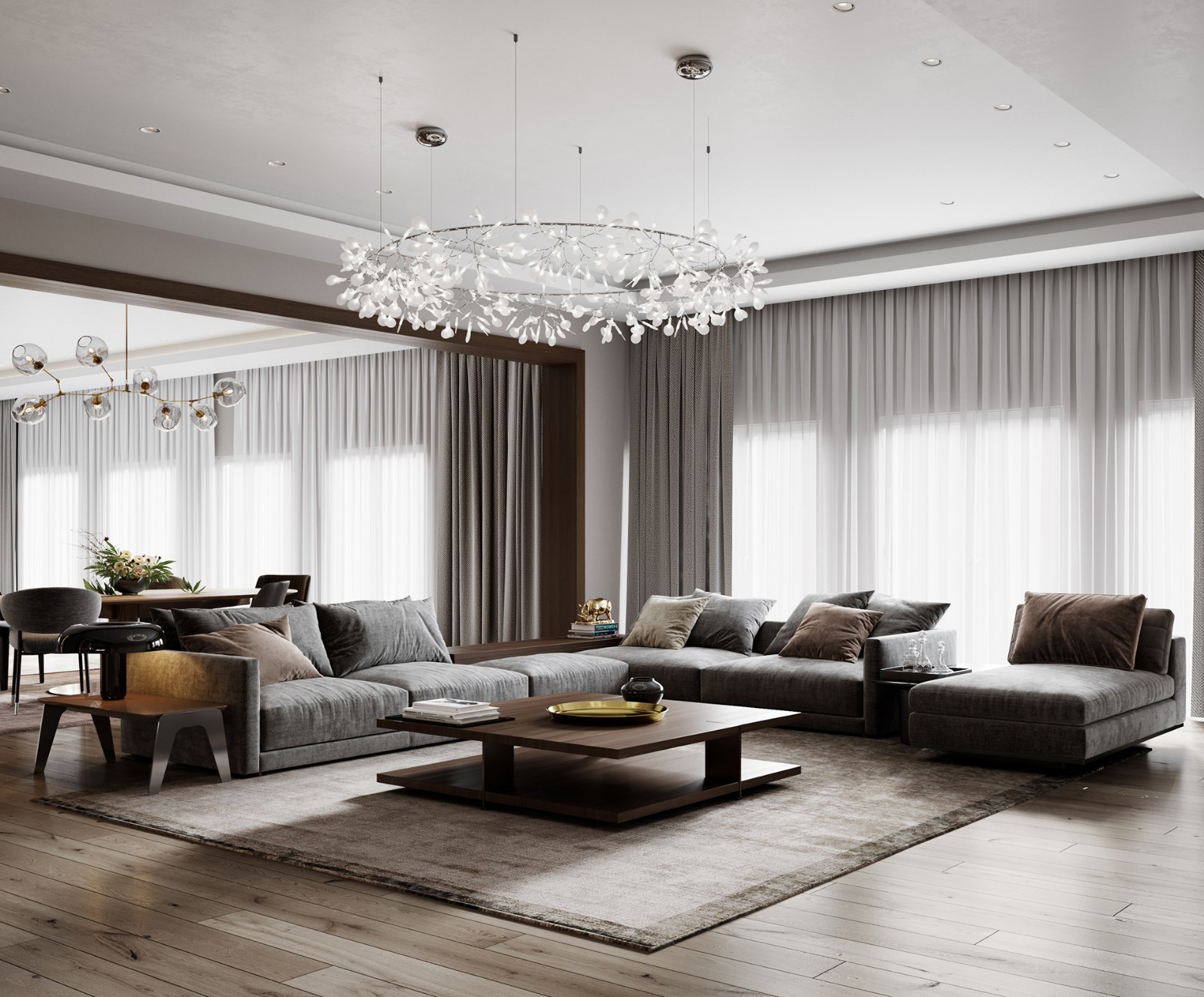Earth Sciences Building Perkins + Will
2013-03-16 01:00
架构师提供的文本描述。地球科学大楼(ESB)位于不列颠哥伦比亚省大学(UBC)温哥华校区。作为UBC的三个科学系-地球、海洋和大气科学、统计和太平洋数学科学研究所-的新家,该项目还包括科学院院长办公室,并整合了来自太平洋地球博物馆(PME)的展品。除了为共享学习和合作提供宝贵机会,加强各系之间日益增长的联系外,ESB还扩大了科学系的公众形象,并帮助创建了一个充满活力和活力的校园学院中心。
Text description provided by the architects. The Earth Sciences Building (ESB) is located on the Vancouver campus of the University of British Columbia (UBC). Designed as a new home for three of UBC’s Science departments—Earth, Ocean and Atmospheric Sciences, Statistics, and the Pacific Institute of the Mathematical Sciences—the project also includes the dean’s office of the Faculty of Science and integrates exhibits from the Pacific Museum of the Earth (PME). In addition to enhancing the growing links between each department by providing valuable opportunities for shared learning and collaboration, the ESB expands the Faculty of Science’s public face and helps to create a vibrant and animated centre for the Faculty on campus.
这座建筑位于校园主要的南北步行街-主购物中心,通过展示建筑物内正在进行的研究,为行人提供了增加视觉体验的机会。为了达到这一目的,底层被认为是主要的公共空间,并且在建筑的各个侧面都有玻璃,以最大限度地提高建筑物的能见度。位于街对面的是比提生物多样性博物馆,它与ESB一起在校园的这一区域建立了一个“博物馆区”,这是该校的第一个。推动“展示中的科学”的项目目标,一个双高度的研究实验室空间作为PME博物馆展示组件的背景。
The building is located along Main Mall, the primary north-south pedestrian route on campus, providing opportunity to add visual interest to the pedestrian experience by displaying the research taking place inside the building. To achieve this, the ground floor is considered the primary public space, and is glazed on all sides to maximize visibility into the building. Located directly across the street is the Beaty Biodiversity Museum, which together with the ESB creates a ‘museum precinct’ in this area of campus, a first for the University. Promoting the project goal of 'science on display’, a double-height research lab space serves as the backdrop for the museum-display component of the PME.
该大楼设有各系的教员和工作人员办公室、研究实验室、教学空间(包括三个演讲厅)、一家咖啡馆,以及PME的博物馆部分。一个五层楼高的中庭将建筑的南北两翼分开,为不同的部门提供了一个组织结构,同时也提供了一条直接穿过建筑物的东西步行线。不像混凝土南翼,包括实验室和办公室,北翼住房办公室和演讲厅,以木材为主要结构材料。
The building contains faculty and staff offices for each department, research laboratories, teaching spaces that include three lecture theatres, and a café, as well as the museum component of the PME. A five-storey atrium divides the north and south wings of the building, providing an organization structure for the different departments while at the same time providing an east-west pedestrian route directly through the building. Unlike the concrete south wing that contains labs and offices, the north wing houses offices and lecture theatres, with wood as the primary structural material.
木结构为建筑物的居民提供了一个舒适的环境。作为一项额外的环境效益,该结构中的1317立方米木材被计算为储存了1094吨碳,相当于一年内将415辆汽车从公路上移走。为了按照大学的设计准则为行人提供雨罩,一个实木CLT天篷包住了项目的三个侧面。它从建筑内部延伸,形成了博物馆和咖啡厅的室内天花板,模糊了室内和外部空间之间的界限。
The wood structure provides a welcoming environment for the inhabitants of the building. As an added environmental benefit, the 1,317 cubic meters of wood in the structure has been calculated to store 1,094 tonnes of carbon, the equivalent of taking 415 cars off the road for a year. To provide rain cover for pedestrians in line with the University’s design guidelines, a solid wood CLT canopy wraps three sides of the project. It extends from inside the building, where it forms the interior ceiling finish of the museum and cafe, blurring the boundaries between interior and exterior space.
位于中庭是一个自由浮动的悬臂实木楼梯。戏剧性的楼梯是完全悬挑在桥面地板上,是由一条无缝折叠“丝带”的刚性胶合板弦杆,这是世界上第一种。干净而优雅的巨型木材线条似乎不受重力的影响,并显着地展示了现代工程木材的美学和结构能力。ESB项目确立了重型木材建筑结构性能和创新的新标准,展示了现代工程木材如何在最苛刻的制度项目中得到有效和有竞争力的使用。
Located in the atrium is a free-floating cantilevered solid timber staircase. The dramatic stair is fully cantilevered off the bridge floors and is composed of a seamless folding “ribbon” of rigid glulam stringers, a first of its kind in the world. The clean and elegant lines of the massive timber seem to defy gravity, and dramatically demonstrate the aesthetic and structural capabilities of modern engineered timber. The ESB project sets a new standard of structural performance and innovation in heavy timber construction and demonstrates how modern engineered timber can be used efficiently and competitively in the most demanding of institutional projects.
 举报
举报
别默默的看了,快登录帮我评论一下吧!:)
注册
登录
更多评论
相关文章
-

描边风设计中,最容易犯的8种问题分析
2018年走过了四分之一,LOGO设计趋势也清晰了LOGO设计
-

描边风设计中,最容易犯的8种问题分析
2018年走过了四分之一,LOGO设计趋势也清晰了LOGO设计
-

描边风设计中,最容易犯的8种问题分析
2018年走过了四分之一,LOGO设计趋势也清晰了LOGO设计




























































